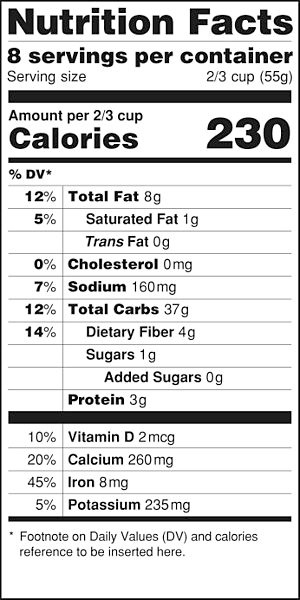When it comes to consumer products and food products, we have stringent labeling requirements. Products must have the contents to support that they are Made in the USA, organic, and juice in order to put that claim on their products and there are penalties by the Food and Drug Administration and the Federal Trade Commission if those claims can’t be backed up. It’s kind of sad that there are still no stringent labeling requirements for target date funds, so the nest eggs of countless participants are still at risk for the next bear market.
As with many promises out there, target date funds didn’t deliver in the last bear market. They were supposed to be this one-stop shop mutual fund that would shift its asset allocation to more fixed income as the years get closer to the target date. We can argue about what the target date really should be (retirement or death) or whether asset allocation should automatically shift on some arbitrary date or based on what is actually happening in the market.
My biggest problem with target date funds is that they had no labeling requirements so participants were led to believe that a 2015 or 2020 had little or no equity exposure in 2008, only to suffer huge investment losses. A 2020 fund from Vanguard could have a totally different glide path or equity mix than a 2020 fund from Fidelity. As an example, 2010 target date funds lost an average of nearly 24 percent in 2008, according to the SEC. Losses ranged from 9 percent to a whopping 41 percent. That is a 32 percent difference for participants that were supposed to be in the same boat, retiring in 2010. A comparison of target date 2015 funds conducted in 2010 by Morningstar showed that the Alliance Bernstein 2015 Retirement fund had an allocation of 71 percent stocks, 28 percent invested in bonds and 1 percent cash; and the Vanguard Target Retirement 2015 fund was 60 percent stocks, 37 percent bonds, 3 percent cash. 11% difference in the weighting of equities is rather large.
So the target date has almost no meaning. It reminds me of when Judge Elihu Smails asked Ty Webb in Caddyshack on how he measured himself against other golfers if he didn’t keep score. Naturally, Ty said he measured himself by height.
So if the 2020 in a 2020 target date funds didn’t stand for a specific equity percentage, the participant would only know what was in the fund if they read a prospectus and annual report and we know how many participants read those.
I believe that there should be labeling requirements that will show the equity/fixed income mix next to the fund’s name in marketing materials. Until then, I’m still wary of target date funds.







